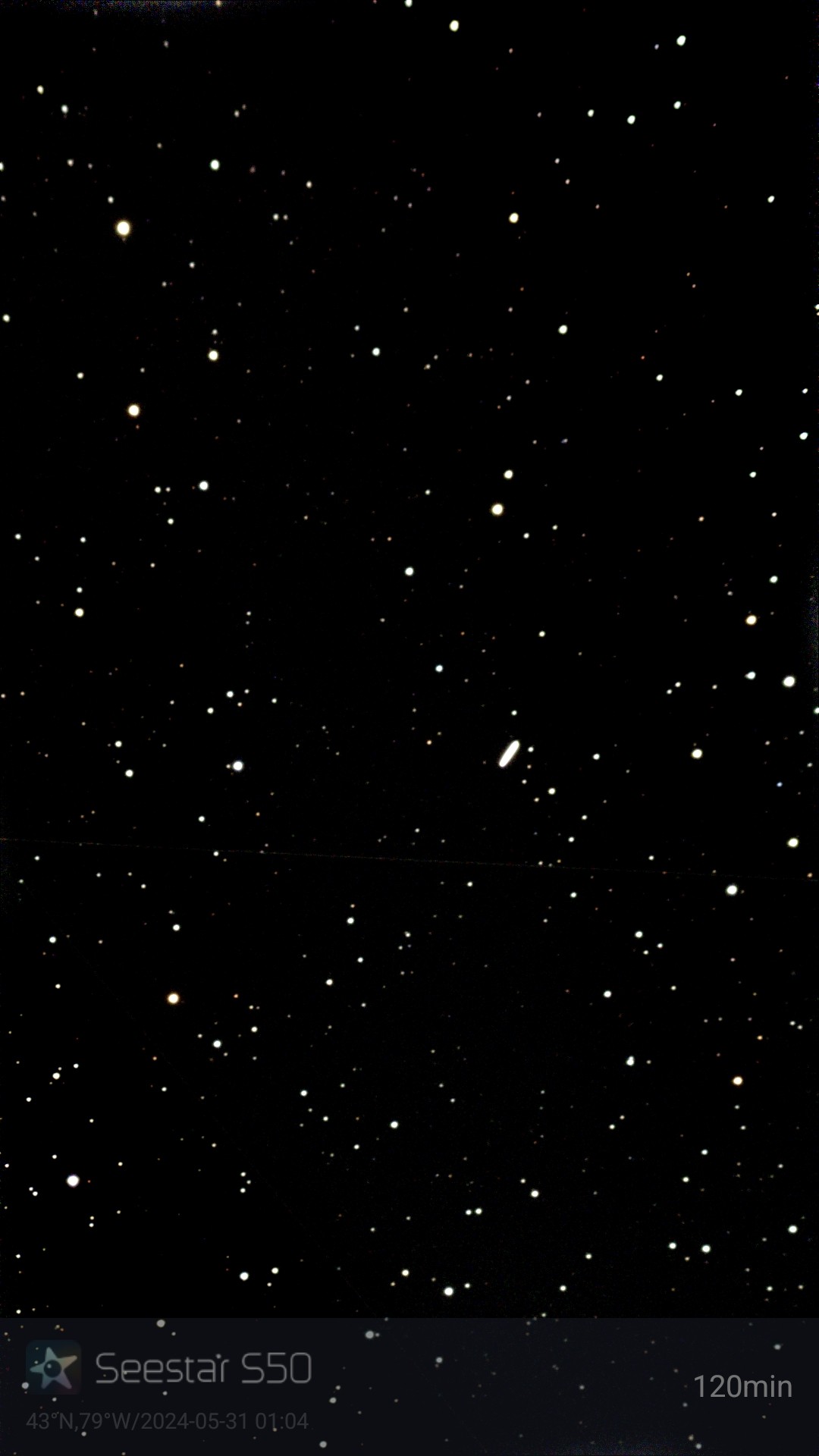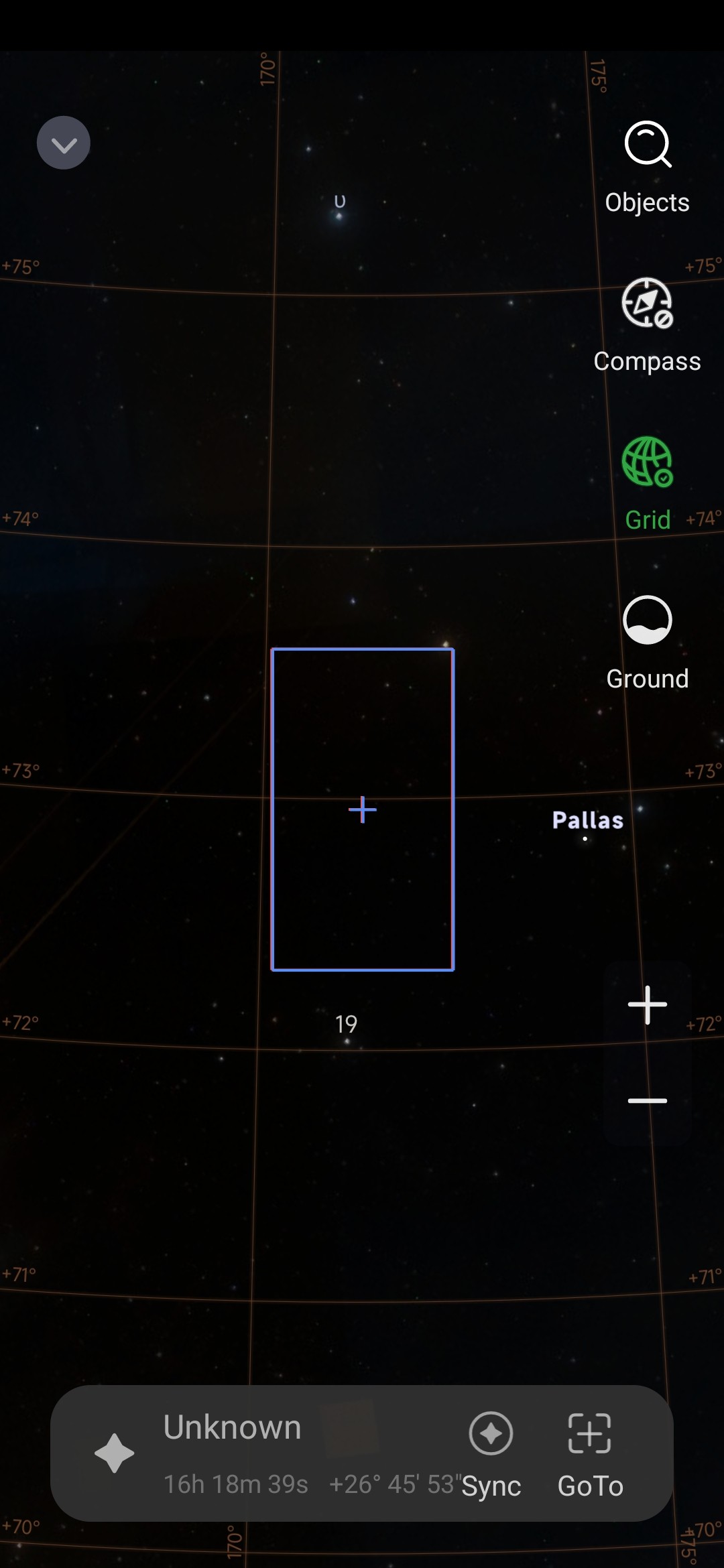OK, let's say you want to take a picture like this one:

This is 2 Pallas, the third largest asteroid in the Solar System, magnitude 9.12, distance 2.26AU. It is close enough to see it move over a period of one hour or more (this is a two hour exposure, in reality more like two hours and a half due to dropped frames) and bright enough for the S50 - there are hundreds of such objects one could image with the S50. The problem is finding them.
While you can see a lot of them in SkyAtlas if you zoom in enough, you cannot search for them. As a matter of fact, the vast majority of objects you can see in SkyAtlas, including most stars and DSOs, cannot be found with the search feature, you need to know where the object you are looking for is (Stellarium), zoom in until you see it and then center the frame on it. The SeeStar knows about all these objects, since it shows them in SkyAtlas, it is just unable to search for them. If this is not a bug, then it is a missing feature that should be trivial to fix.
The second problem is that all asteroid positions are off by about one degree, if you take your capture in the position SkyAtlas gives you, you will miss it completely. This is definitely a bug and should be fixed. Here is a screen shot of SkyAtlas taken while capturing the image above, you can see that the position of Pallas reported by SkyAtlas is off by more than one degree and the asteroid is actually completely out of the field of view SeeStar tells you to use.

ZWO, please fix both these bugs, they make the S50 unusable for any kind of asteroid work.